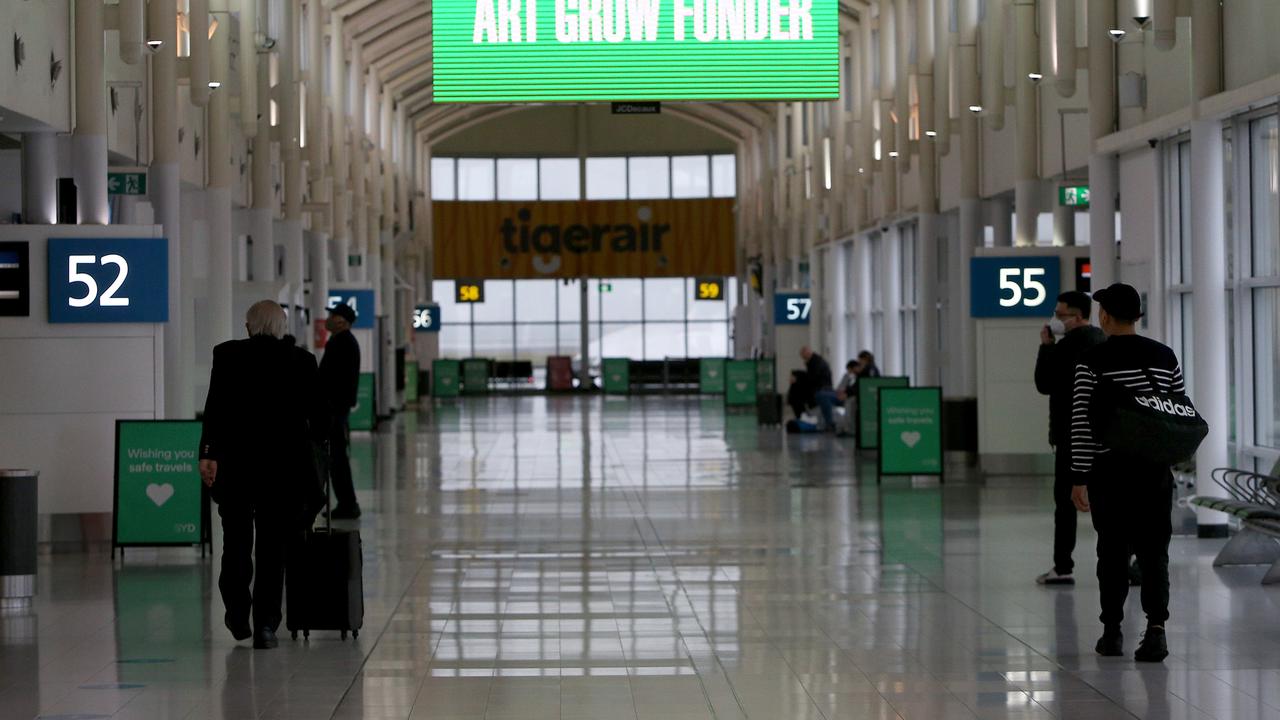Looking ahead to volatile mix of forces affecting investments
THE investment environment and how your individual investment categories perform are going to be shaped by three separate but interlocking forces, writes Terry McCrann.

Terry McCrann
Don't miss out on the headlines from Terry McCrann. Followed categories will be added to My News.
THE investment environment and how your individual investment categories perform over the next few years at least are going to be shaped by three separate but interlocking forces.
In the first instance everything might seem to turn on whether the US Fed finally increases its official interest rate just before Christmas — absent some global implosion, that’s now 100 per cent certain — and then how quickly it delivers another rate rise.
That’s certainly true, but a US rate rise has also become much less of a potential “shock” over recent months, both as it’s become more certain and even welcomed as ending uncertainty.
But more importantly US rate rises has become more secondary to and will also be responding to two of the much bigger forces that are going to drive both the global economy and global financial and investment conditions.
The second is — broadly — the “Trump factor” and what happens in China. The third force is only relevant to us — that’s the changes made to superannuation, which finally made it into law last week.
It’s important to understand the Trump and China factors will both play out on two levels.
The first is what investors expect them to do; the second will be when and what a Trump administration actually does and what actually flows out of China.
Investors in US markets have been making those first-level bets over the last three weeks. They see a Trump presidency spending money and boosting corporate profits. So they have driven Wall St to record highs — the Dow topped 19,000 for the first time late in the week and went even higher overnight Friday.
At the same time US bond yields have kicked back sharply from the lowest-ever lows. It’s unusual — arguably unsustainable — to see such a combination. Higher bond yields usually drive share prices lower.
Now, up to a point, this time it really “is different”: those yields are coming back from such extraordinarily low levels. But it’s a caution, more in the direction of share prices being vulnerable to any shock, including but not limited to a surge in inflation.
The broader point is that Wall Sat is once again at the centre of global share and bond market action. It’s sent European and Asian markets up and it’s dragged our market back above the 5500 level.
For Wall St — and so our share market — to go higher, or arguably to even sustain current levels, it now needs the “Trump factor” to deliver.
We need to see the US embark on a massive infrastructure spend in 2017; we need to see US tax rates at least start to come down.

This to me suggests two things. Global share markets are likely to go sideways over the next couple of months, and investors are likely to give Trump “a pass” over the next few months. But once we get a third to a half of the way into 2017, we’ll need to see action.
The China factor is going to be much harder to call. It will also be erratic. It will largely play out in commodity prices.
We’ve seen a very broadbased run-up in commodity prices with the exception of oil, which is of course hostage to Middle East production and US shales and a variety of political games.
Commodity prices can really only go in two directions from here — sideways, if China keeps delivering, or down if it doesn’t.
The other big China impact on global investments is the money flowing out of China and into developed-world property.
This is obviously leveraged into our — and especially Sydney and Melbourne — market.
This in turn directly intersects with the third great force, special to us: the new rules for super.
These new rules will play out over a very long period in the way they will redirect both investment flows and the relative demand-supply for investment categories.
At core the new rules make super relatively less attractive than the family home — totally and unlimitedly capital gains tax-free — and negatively geared investments, principally, but not only, property.
Super still does remain very attractive, but its relative attraction has been altered. It also remains compulsory for the vast majority of Australians.
So the big and regular sums flowing into it will continue to be searching for places to invest — and that search will intersect with those others forces impacting on domestic and global investments. Just as the greater appeal of property will be intersecting, as it has been for the past few years, with money flowing in from China, along with very high population growth, which again is concentrated in Melbourne and Sydney.
How do you put all this together? The honest answer is: with difficulty.
The next couple of months are likely to be the quiet before, not the storm, but a volatile and variable 2017.
Originally published as Looking ahead to volatile mix of forces affecting investments


